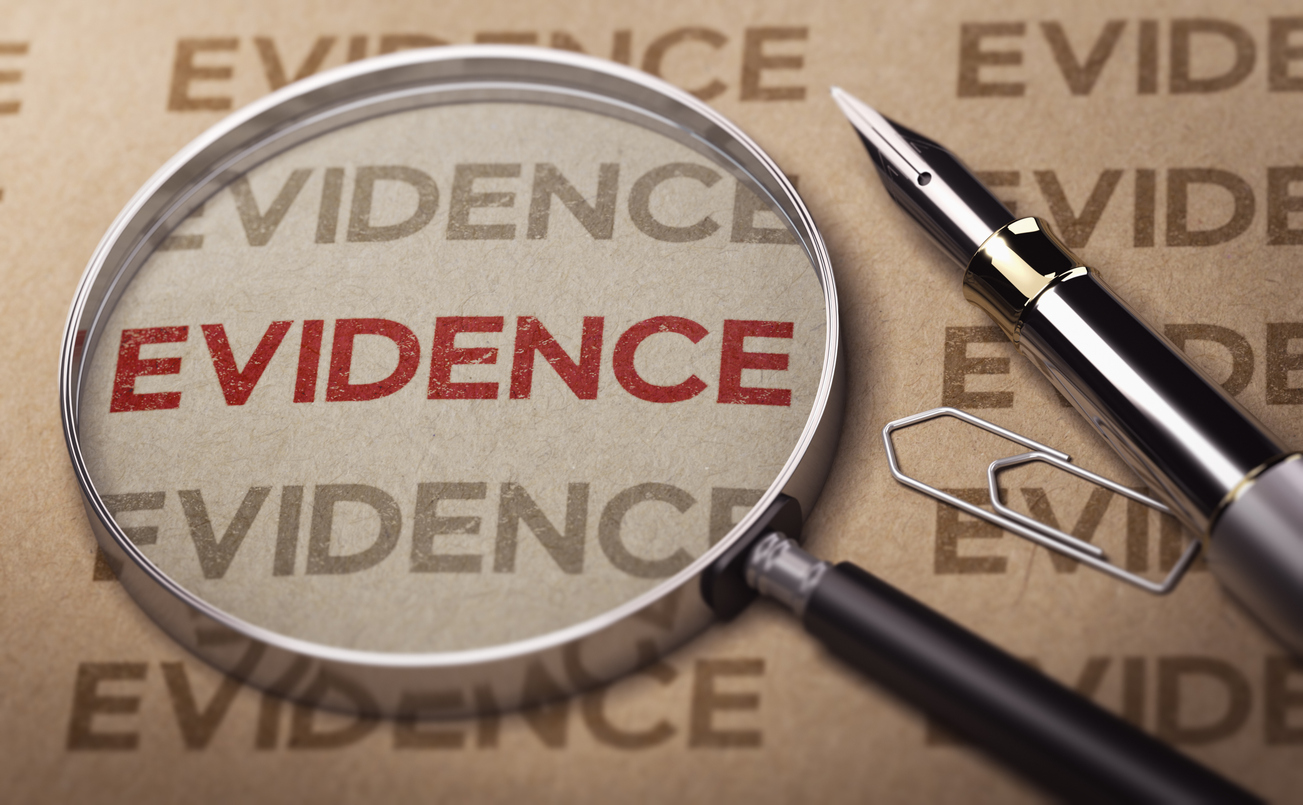
We are often asked, “If we file a lawsuit, do I have to go to appear at trial because I really don’t want to appear in Court?”
The answer is “probably not”. The great majority of lawsuits are settled before going to trial. In fact, only about 2-3% of cases end up going to trial and it is usually because (1) one or both parties are not willing to resolve the case for a reasonable amount, or (2) liability is hotly contested.
So, the next question is what do you need to do to get a successful settlement? Remember a successful settlement relieves the obligation to go to trial. A successful settlement requires good evidence, and the more evidence you have, the better your chances of resolving the case without going to trial.
What Evidence Makes a Successful Car Accident Case?
This answer depends on the type of car accident and facts surrounding the car accident, i.e. a major car accident vs. a minor car accident.
- Scenario 1 – Major car accident: Injured driver gets T-boned at an intersection when the at-fault party failed to stop for a red light or a stop sign. Law enforcement comes to the scene, takes statements from the parties and witnesses, and determines that the at-fault party failed to stop. So, there is no dispute that the at-fault party was at fault.
The car is totaled. The driver is dazed and his door is jammed shut. Indeed, the jaws of life has to be used by rescue personnel to get the driver out of his car. He is then put into an ambulance and taken to the hospital. The driver has a broken arm and a fractured sternum. He undergoes surgery for the fractured arm.
Under this scenario, there isn’t much for the injured driver to collect as evidence. Liability is clear. The damage to the car is clear. There are clear and objective injuries, and treatment is necessary.
- Scenario 2 – Minor car accident: Injured driver stops on the freeway for traffic, and is hit from behind (rear-end collision), by a careless driver, who was driving too close or too fast to stop. Law enforcement (CHP) does not come to the scene.
Here, while at the scene, the injured driver needs to:
- Exchange information with the at-fault party, including names, addresses, telephone numbers, driver’s license information, and insurance information;
- Take photographs of the damage to both cars;
- Ask for witness names and telephone numbers, if there are any witnesses.
Under this scenario, it is also clear who is at fault. However, the injuries suffered by the injured driver are minor, called “soft tissue injuries”, which include whiplash, shoulder pain, headaches, and low back pain.
So, the injured driver needs to document his injuries. How? If he needs immediate medical attention, he should visit Urgent Care or an Emergency Room. Alternatively, he can visit his primary care doctor. Thereafter, he needs to be examined by a healthcare professional who is familiar with his types of injuries. That generally includes an Orthopedic Surgeon, a chiropractor, or a physical therapist. It is important to be examined and start treatment as soon as possible – this is the best way to prepare the evidence needed to document the injuries.
Obviously, there are many more scenarios, which are different from the ones discussed above.
What Evidence Makes a Successful Slip-and-Fall Case?
To prove a slip-and-fall case, you must show that the property owner or the person in charge of the property was negligent (i.e. careless) in maintaining the premises. This can be done by providing evidence such as:
- Photograph the spill
You should document the spill by taking photographs of the spill and photographs of the surrounding area that may show trash, track marks in the spill (if the location uses shopping carts), and any footprints in and around the spill.
- Obtain Witness information
If anyone witnessed the slip-and-fall, you should ask for the witness’ name and phone number.
- Document the slip and fall by reporting it
It is important to document the slip and fall. To document it, you should report the incident to the facility and ask that an incident report be prepared.
The above list only refers to the “liability” portion of the incident. As for injuries, the injured party needs to document his or her injuries. How:
- If warranted, seek immediate medical attention by visiting Urgent Care or an Emergency Room; or by visiting the party’s primary care doctor;
- Seek consultation with a healthcare professional who is familiar with his types of injuries, such as an Orthopedic Surgeon, a chiropractor, or a physical therapist. It is important to be examined and start treatment as soon as possible – this is the best way to prepare the evidence needed to document the injuries.
The preponderance of the Evidence is the Burden of Proof.
Now that we have looked at the type of evidence we need for a successful car accident or slip and fall case, let’s look at the standard of proof we need to be successful.
In a civil case, the “preponderance of the evidence” is the standard of proof that must be met. It means that the evidence presented must be more convincing and persuasive than the opposing evidence. In other words, it is the evidence that is more likely than not to be true and accurate, i.e. more than 50%.
This standard of proof is lower than the standard of proof needed in a criminal case, which is “beyond the reasonable doubt.”
This article, brought to you by Mason Rashtian and The Mason Law Firm, is for informational purposes only. It is not meant as legal advice. You should always consult with an experienced attorney, including an experienced Personal Injury and Accident Attorney Mason Rashtian, for any and all of your legal questions and needs.
If you have any questions, please email us at
